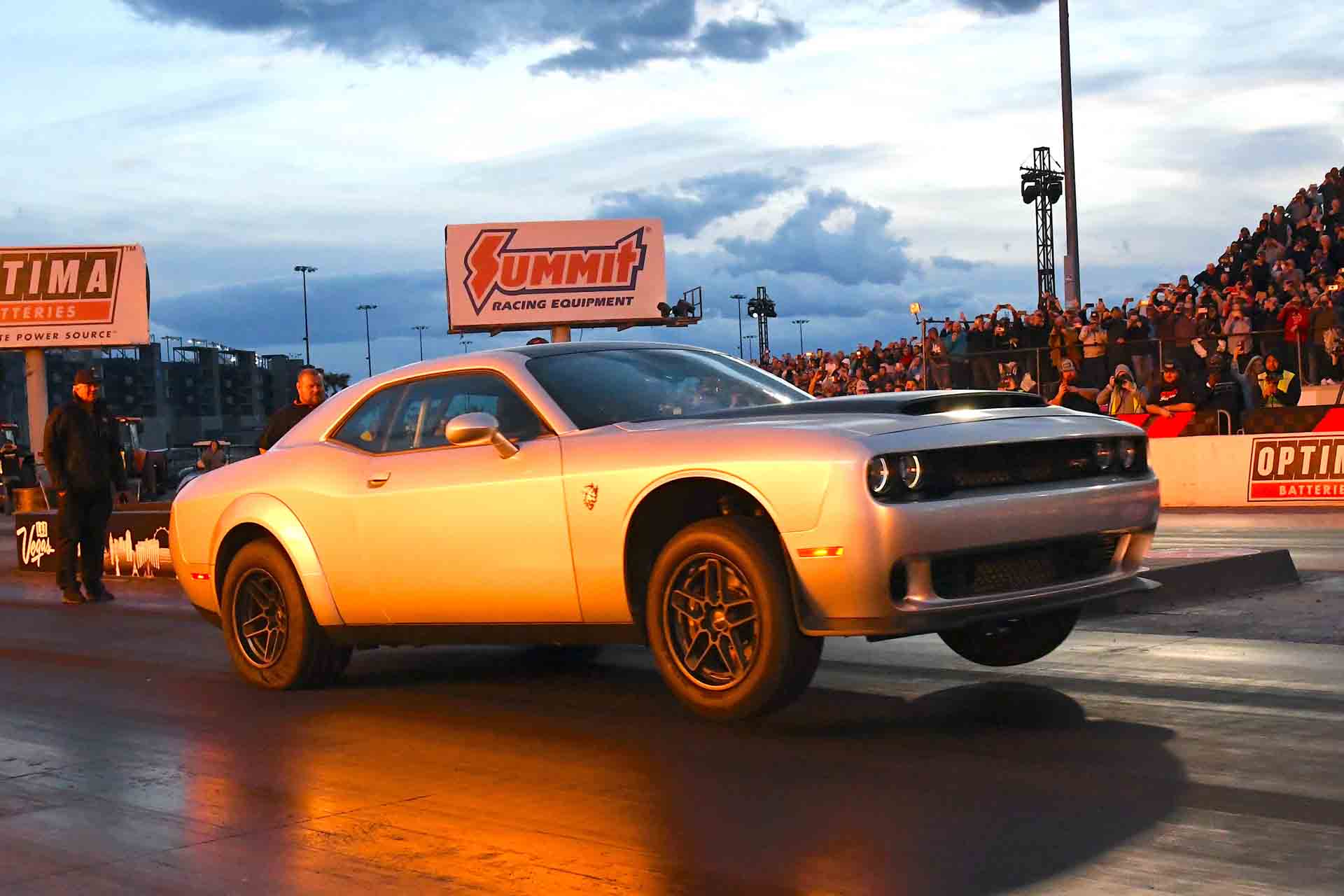Ethanol only contains two thirds the amount of energy of an equivalent amount of gasoline, yet engines make more power burning it than gasoline. This video from Engineering Explained will tell you why.
The key is ethanol’s higher octane rating than pump gasoline. Straight ethanol has an octane rating of 109, compared to a maximum 97 octane for pump gasoline (ethanol is usually mixed with gasoline when sold, however). The higher rating means greater resistance to knock, the premature detonation of fuel that can damage engines. That allows engines to run higher compressions ratios and, in the case of charged engines, more boost. In both instances you’re looking at increased power.
As explained in the video, ethanol has a higher octane rating than gasoline in part because it helps keep cylinder temperatures lower. Like sweat cooling you down on a hot day, fuel pulls heat out of the surrounding cylinder while vaporizing. This process, called heat of vaporization, happens at a greater rate with ethanol than gasoline—particularly with direct injection.
The performance advantage of ethanol was shown in a Ford study in which the automaker ran a twin-turbo 3.5-liter V-6 from an F-150 pickup truck on a variety of fuels. That included E85 (85% ethanol and 15% gasoline), the most common ethanol blend, and E10, the 90%-gasoline/10%-ethanol blend that is the default fuel at most U.S. gas stations.
At 5,000 rpm and with turbo boost turned up, the engine made 380 hp and 400 lb-ft of torque on E85, but only 190 hp and 200 lb-ft on E10—in part because the engine was able to run a higher compression ratio on E85.
One potential drawback is worse fuel economy. Ford engineers did note efficiency improvements, and even saw a 1% mpg increase on E20 fuel (20% ethanol, 80% gasoline), but higher amounts of ethanol would cancel that out because ethanol is less energy dense than gasoline. With less energy in a gallon of ethanol than a gallon of gasoline, more fuel is required to drive a given distance.
The production cars that take advantage of the power-producing capabilities of E85 aren’t concerned with mpg, though. The Koenigsegg Jesko’s twin-turbo 5.0-liter V-8 makes 1,600 hp on E85, compared to 1,280 hp on pump gasoline.
E85 is also how the 2023 Dodge Challenger SRT Demon 170 gets the full 1,025 hp and 945 lb-ft of torque from its supercharged 6.2-liter V-8. Output falls to 900 hp and 810 lb-ft on E10 fuel. At full power, Dodge says the Demon 170 will do 0-60 mph in 1.66 seconds on a prepped surface, sending the current-generation Challenger off on a high note.

